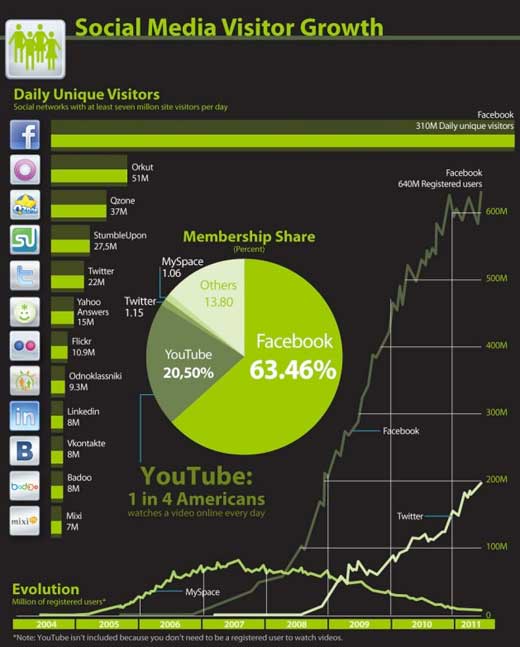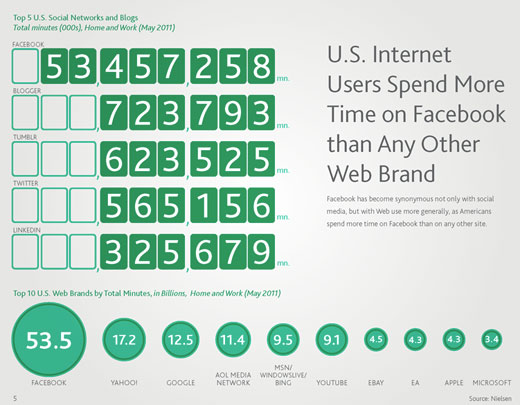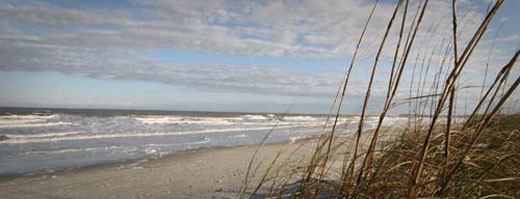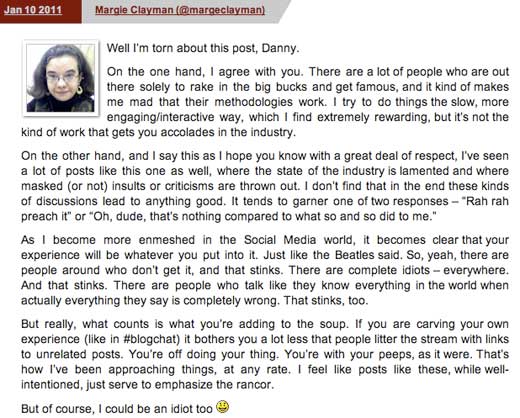Traffic…Traffic…Traffic…we want some traffic!
We do not want a bottle neck…we want consistent traffic across our web platforms. Guess what, we have lots of them…lots of web platforms. I think back to 2001 when UXD was centered around how we move the eyes around a page…now it all about moving people around based on how we want them to click. The social space is redefining the way we create our web presence. It is no longer just a website…it is a host of social packages included in this online investment.
It was just the other day I was sitting in a leadership meeting with a medical group talking social media outlets, physician practices, speciality groups, web, and a host of other ideas. Everyone wants a Facebook page, everyone wants to have a social presence, everyone wants control of their message. Individuals inside organizations that have a special touch point to their “customers” want to connect and the “website” isn’t providing that interactive experience.
Let’s look at the web/social space over the last ten years. Here is part of a great infographic from the Search Engine Journal:
Look at the social growth starting in 2005 with MySpace and then the tremendous surge in 2008. So where does that leave us with our “traditional” website? Did you notice I called the pre-2008 website traditional. Yes…what happen to this space in 2008. Well…it was about this time we started to see a open source movement to create a web presence on platforms like Joomla, Mambo, and other PHP based content management systems. These allowed us to create content dynamically online, moving us away from the “post card” websites.
These content management systems allowed us to integrate Facebook and other social outlets into our website presence. These social outlets forced us to create more dynamic content in a more expedient fashion. Now we have a Twitter, Facebook, Blog, YouTube Channel, Google+, Email Newsletter…on-top of the website. WHY?
We want traffic to flow to our sites, we want our followers to grow, we want more likes, we want more YouTube views, we want more comments on our blog…we want more traffic. We want people to walk around, completely connect to their devices so that they can consume and engage with us online. We are a bit egotistical…aren’t we?
This is a great representation of how much time people spent online in May 2011 via Nielsen’s Social Media 3Q 2011 Report:
Let’s take a hard look at these numbers: US Internet users spent 53.5 billion minutes on Facebook, 9.1 billion minutes on YouTube, 723 million minutes on Blogger, 623 million minutes on Tumblr, 565 million minutes on Twitter, and 325 million minutes on LinkedIn…all of this in the month of May 2011.
These stats above should tell you about where you should invest a portion of your marketing/pr/new media dollars…but it does go back to audience. If you are connecting with the consumer…enough said. If you are a B2B organization…need to critically think about how you can leverage the social space.
But…is it about traffic, traffic, traffic? A consistent flow of traffic to your web and social properties? Why should you have a Facebook page and how should you communicate differently than your website? I am off the belief, right now in 2011, that the main website presence is still the home base. This is the place you are driving audiences to capture your delivered information. The social outlets are for building community relationships.
Yes…we can create campaigns for the social outlets to build followers and friends, but after the campaigns expire…do you still give those same people a reason to stick around? What are you doing after the give-away, after the chat, after the Facebook event.
The social space has become the biggest marketing tool and community is slowly disappearing. We are spending just as much time hiding and de-friending people as we did actually accepting the invitation. How can we create our online presence in a fashion that builds community instead of segmenting our brand…lots of properties and little purposefule engagement. Or is just a way to have tons of ships out to sea in the hopes we will continue to keep on connecting with many islands of friends.
We race to create a Facebook page, a new Google+ brand page, a Twitter account each time we have a new product, brand, or idea. But are we confusing people to the point they have no idea where to find us…the real us.
***Photo from Photobucket and seraiwallpapers account.








